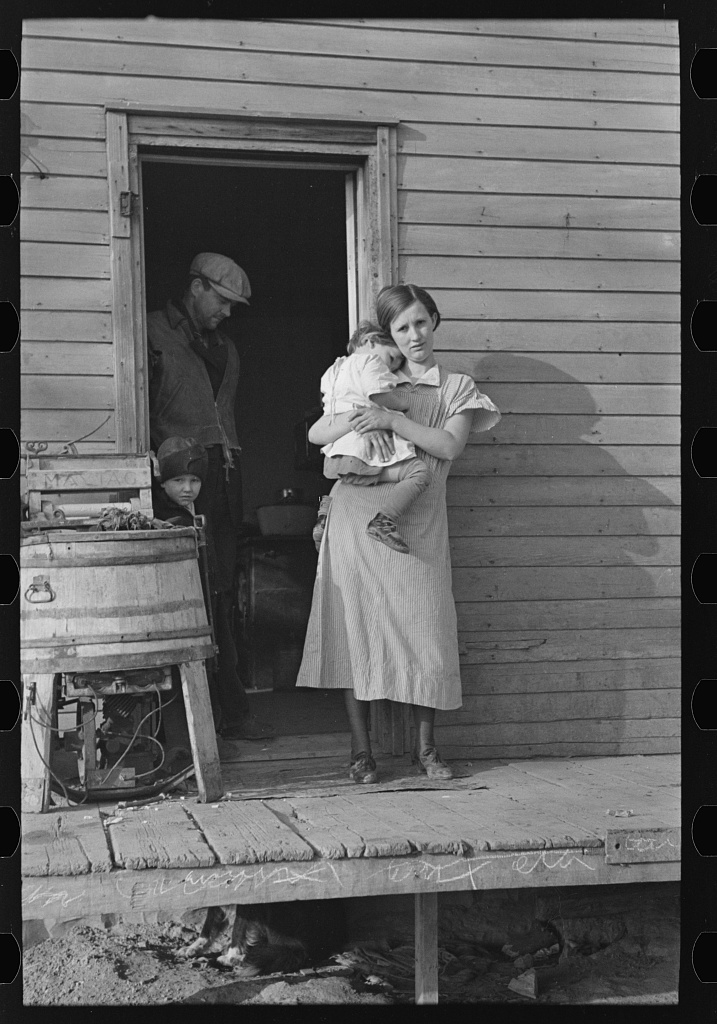Gender and the Routledge History of Rural America:
An Editor’s Point of View
Pamela Riney-Kehrberg, Iowa State University
When I proposed the Routledge History of Rural America, my desire was to edit a book that provided a state-of-the-art view of the topic. I wanted for the book to reflect, as much as possible, the broad range of material now available on rural American history. As such, it was very important to me that it provide, wherever possible, a healthy dollop of the history of rural women. Of course, my experience with rural women’s history dates back to a time when the literature was very, very thin. My first introduction to the topic was in a seminar Joan Jensen taught while visiting the University of Wisconsin-Madison, in 1988. She told us that it was the first graduate level course on rural women’s history taught in the U.S., and I believe it. There was very little literature from which she could draw, and the historiographic papers we wrote required that we travel a very great (historical) distance in the literature to find enough material. My paper was on rural women and migration, and I had to dip back into the 1940s in order to find enough material.
In The Routledge History, the authors of the chapters have included discussions of gender wherever appropriate, and there is a chapter dedicated to rural women’s history, written by Jenny Barker Devine. She draws on a vast array of both primary and secondary materials in order to tell a story about rural women that spans generations and regions. In my own chapter on rural childhood, I have written it as the story of both boys and girls, since gender shaped expectations of child life to a degree that is quite foreign to most of us living in the early 21st century. At the same time, gender was not always destiny in the way that we might think that it was. My own grandmother, Elsie Swafford Riney, was the first of six children. She was born in 1910. Her sisters, twins, arrived in 1913, and her brothers, also twins, arrived in 1916. Another sister was born many years later. Because of her place in the birth order, she became her father’s “hired man,” working in the fields in addition to helping her mother with housework. Girls might do the work of boys, if circumstances required it. In her family, the circumstances required that a girl act as a boy, until the boys were old enough to work alongside their father.

Tenant farmers, Mrs. Glen Cook and husband, Little Sioux Township, Woodbury County, IA. Photograph by Russell Lee, December 1936.
The illustration for the cover (chosen with more than a little help from the editorial staff and friends), literally has a woman at its center. An FSA photograph from Great Depression Iowa, it shows a farm family, mother, father, little boy, and toddler girl, posed at the door of their home. The woman is front and center, holding her daughter, with her washing machine prominently displayed. She wears a dress that she probably made, and her daughter also wears a homemade dress. This farm was as much her work as her husband’s, and this photograph depicts a reality I want The Routledge History of Rural America to convey.
